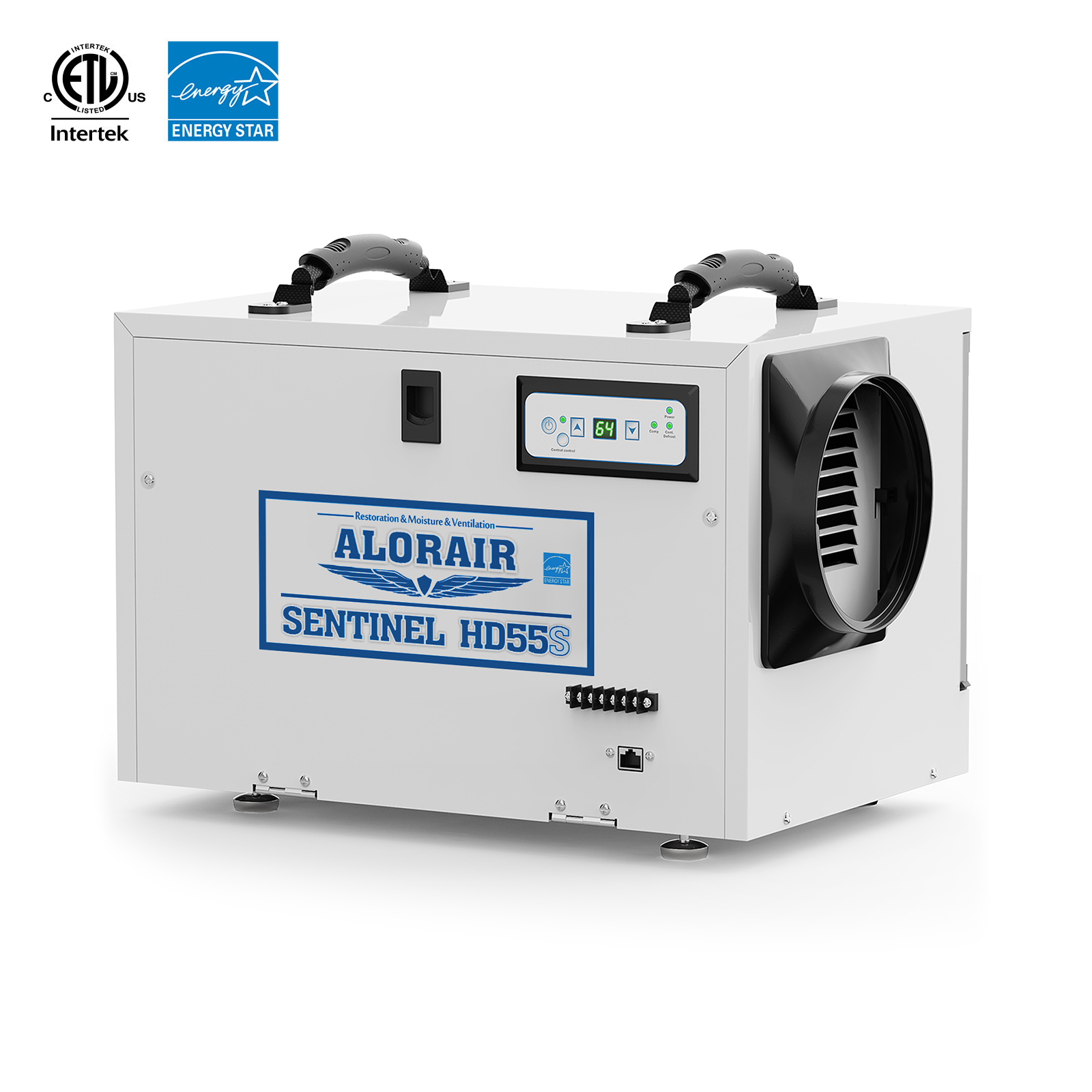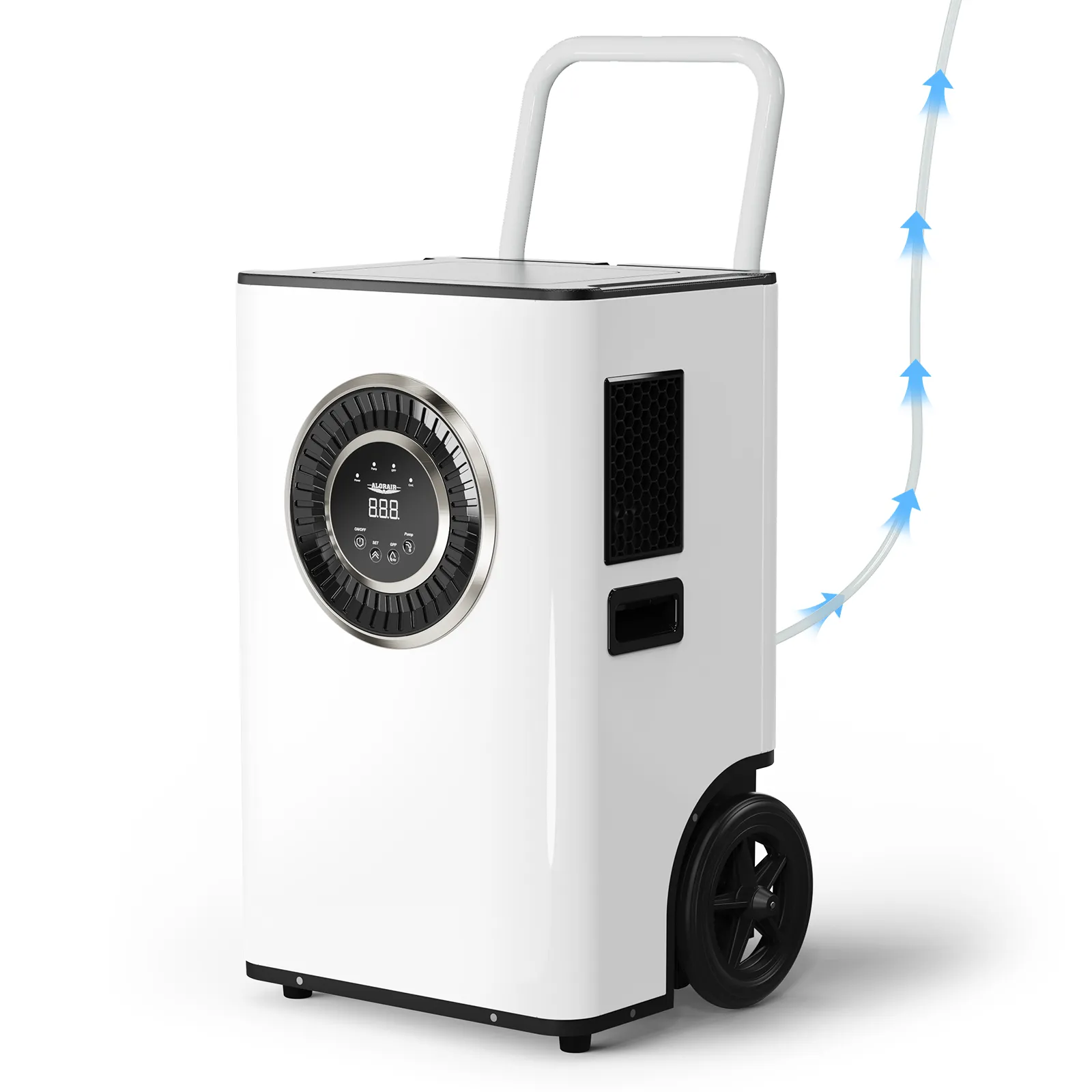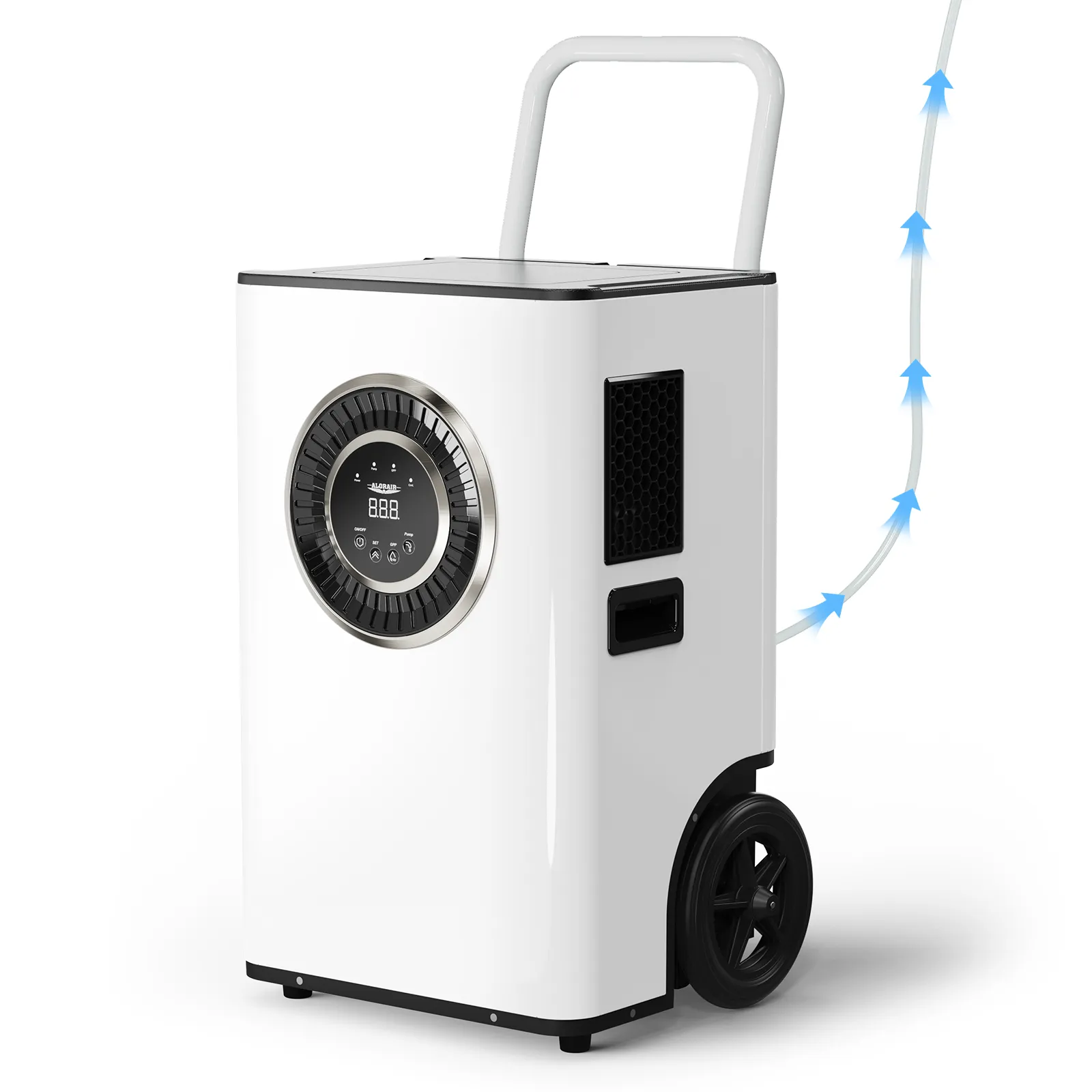When you look around and see your apartment flooded and half of your property underwater, it is normal to despair. It gets increasingly frustrating as the enormous work piles up in front of you. Not aware of your next line of action, you wait, procrastinating, till your property value sinks, even the restorable ones would have to be replaced, and the house becomes more of a health hazard and in extreme cases, may require relocation of home, inconveniencing you and your wallet.
The importance of the knowledge of getting back up again after your home has sustained such an attack cannot be overemphasized and it should be a must-know for every homeowner and the aspiring homeowner.
So after your house has been hit by the element, caused by broken pipes, leaky roofs, etc. these are a few practical steps you can take to ensure its habitability.
Safety! Safety! Safety!
Before you do anything really, put it in your mind that the water damage may even mask a sinister danger such as electrocution. So it is a normal human instinct to see a disaster such as this and rush in to save all the things you can, your important document, pricey clothes and accessories, laptop, property and so on but it is important to keep your life in check and save that first. To disconnect the power, unplug any electronics, and remove electronic devices. The moving of furniture and movable items should be done immediately after, roll up your carpet, rugs, and mattresses so that they do not get soaked. If the damage is caused by a burst pipe, turn off the tap and get in touch with expert services immediately.
Assess the extent of the damage and Document
Before you think of cleaning up, first determine if restoration of the damaged property is the right way to go. Also, take pictures, make videos to capture the extent of the damage so that you can show the insurance company after. During this process, you can then rescue your valuable possessions and documents, family heirlooms, photos, money, etc. Do not get too carried away as you are taking out these items because the water is still wreaking havoc to your home.
Clean up
There are two ways to do this, you either get professional help or you do it yourself. If the damages incurred are something that you can fix, do not waste any more time, wear your protective gear, your rubber boots, rubber gloves, face masks, and so on because you are going cleaning.
Clean up the water: There are several ways of getting rid of the standing water and this should be done as soon as you are able to because the longer the water stays the more damage it is likely to cause.
The manual way comes to the rescue when you do not have power or if you shut the power out maybe because of electrical wiring. It just involves the use of old clothes and towels, buckets and mops to soak up the water, after which you can proceed to pour it down the drain that is if the drain is not blocked if not, a lawn or a water-permeable surface can suffice. A wet vacuum can also come in handy but be careful when trying to plug it into an outlet.
If there is power, consider renting a sump pump.
Get rid of debris: Care has to be taken to avoid nails, broken glasses when packing the wreckage.
Drying out: After getting the water out, proceed to dry by using dehumidifiers, fans, and if the weather permits, good old sun drying, so open the windows and let the sunshine in. This would promote optimal air circulation and cut short drying time.
Disinfect: To take destroy all harmful bacteria. Ten percent of bleached is often the employed solution. It usually is allowed to stay on the surface or material for about ten minutes before it is rinsed off with clean water and subsequently dried.
Prevention of mold growth
Mold and mildew usually take about 48-72 hours before they begin to develop after exposure to moisture. Thorough drying out should be done, and residual moisture removed and if mold has begun to form on carpets, mattresses, toys, it is best if it is discarded as mold spores can spread to other unaffected areas. Clean hard surfaces and use a mold deterrent on any area or piece of furniture susceptible to mold growth. After which you test for the mold growth by smell (not advised), if the furniture or property is damp or not.
Filing a claim
If you are covered the damages, contact your local insurance agent to file a claim so that the process of restoration can be started on. The photos and videos taken to showcase damage sustained should be kept, the receipts for all supplies and services during the cleanup process should be kept, the receipts, if professional care was sort, should be kept, motel bills should be kept for all the times you could not sleep in the house, even all the damaged items should be saved, your insurance company representative may want to see it. If you have not yet done the cleanup, and if you can wait, be patient till your insurer sends a contractor over to take care of the damages.
Proper Items Disposal
The temptation to throw all damaged goods into the bin is real but if you can organize the recyclable materials from the others, the pressure on your local dumpsite would be reduced and your city waste management would thank you.
Prevention
To put minimize the effect of water damage in your home, you can opt-out to replace materials in water damage-prone areas of the house with water-resistant materials, frequent checks for leaks, cracks on roofs, windows. Prompt repair of faulty plumbing and not waiting till the last minute. Check for the overflow of gutters, clogging of gutters. All these should be done daily to weekly and when a problem is encountered, endeavor to fix it.
Water damage is a headache to homeowners and trying to get your house back to normal can be a bit difficult. Always sort out professional expertise if the problem is beyond you.






-(1).png)
.jpg)
.jpg)
.jpg)

.jpg)

.HDi90.png)
.HD90.png)



.jpg)
.jpg)

.jpg)

.jpg)
.jpg)







.jpg)
.jpg)
.jpg)





.jpg)
.jpg)











.jpg)
.jpg)








.jpg)
.jpg)












.webp)
.webp)
.webp)
.webp)
.jpg)
.jpg)
.jpg)
.jpg)
.jpg)
.jpg)
.jpg)
.jpg)
.jpg)
.jpg)
.jpg)
.jpg)
.jpg)





.jpg)
.jpg)
















-.jpg)
.jpg)

.jpg)
.jpg)




























 Exclusive offers
promotions
Exclusive offers
promotions

